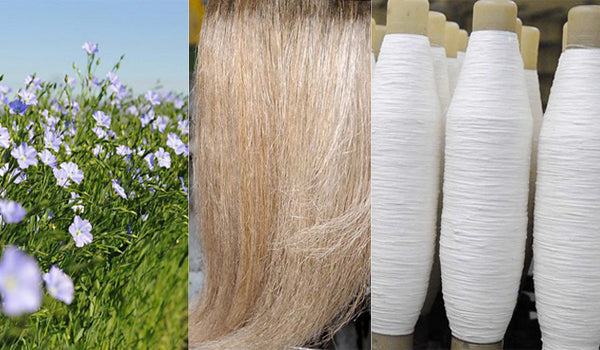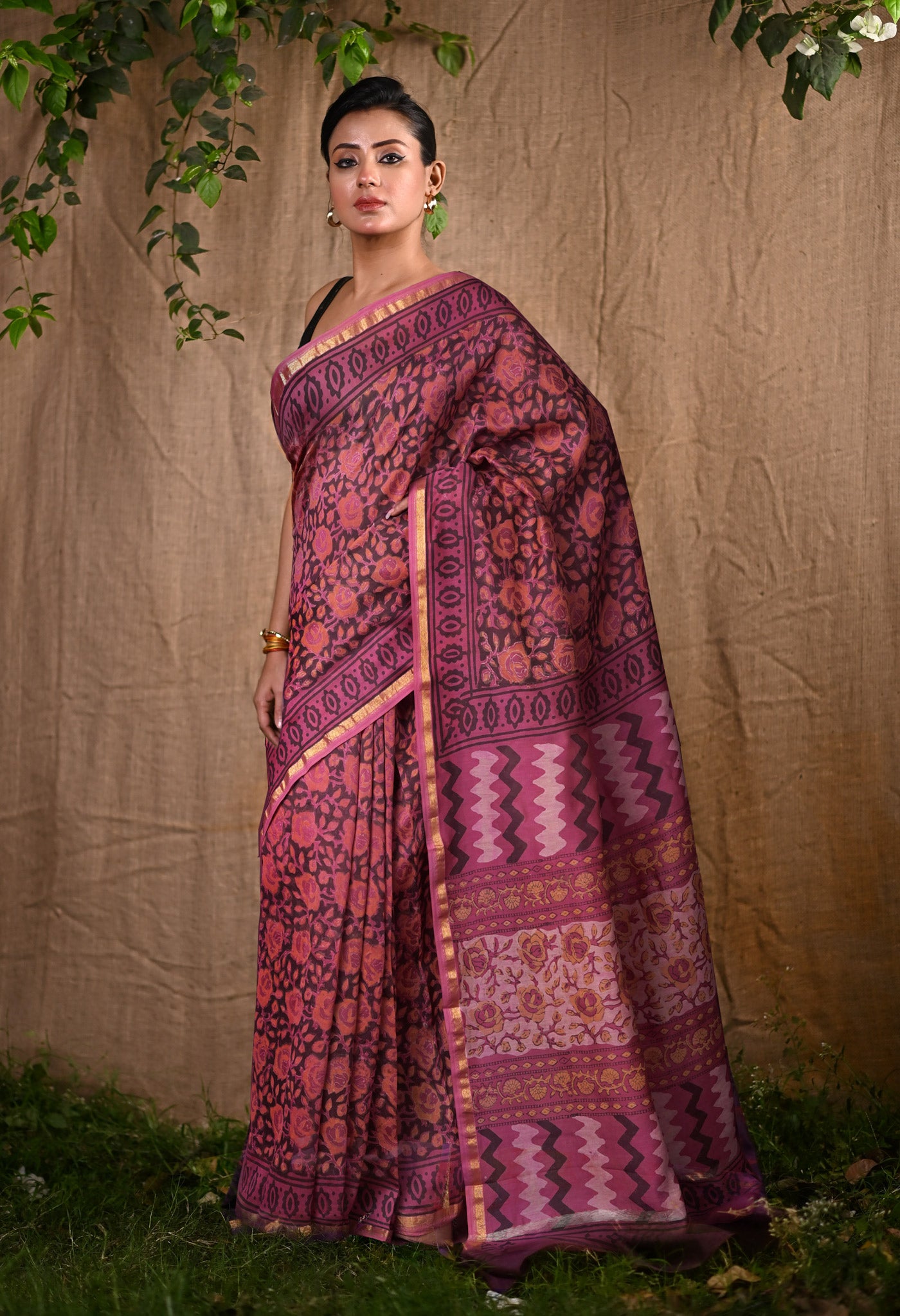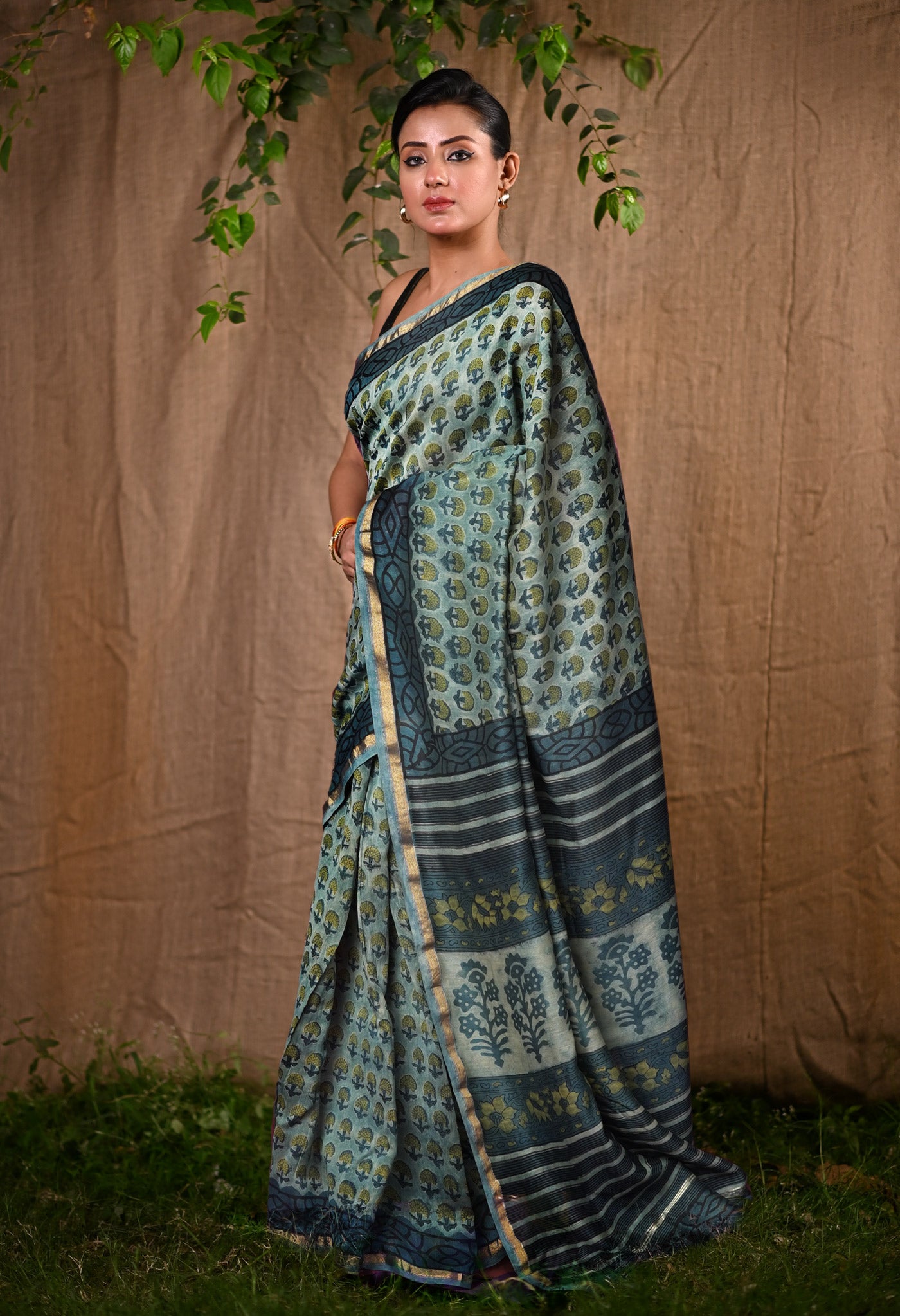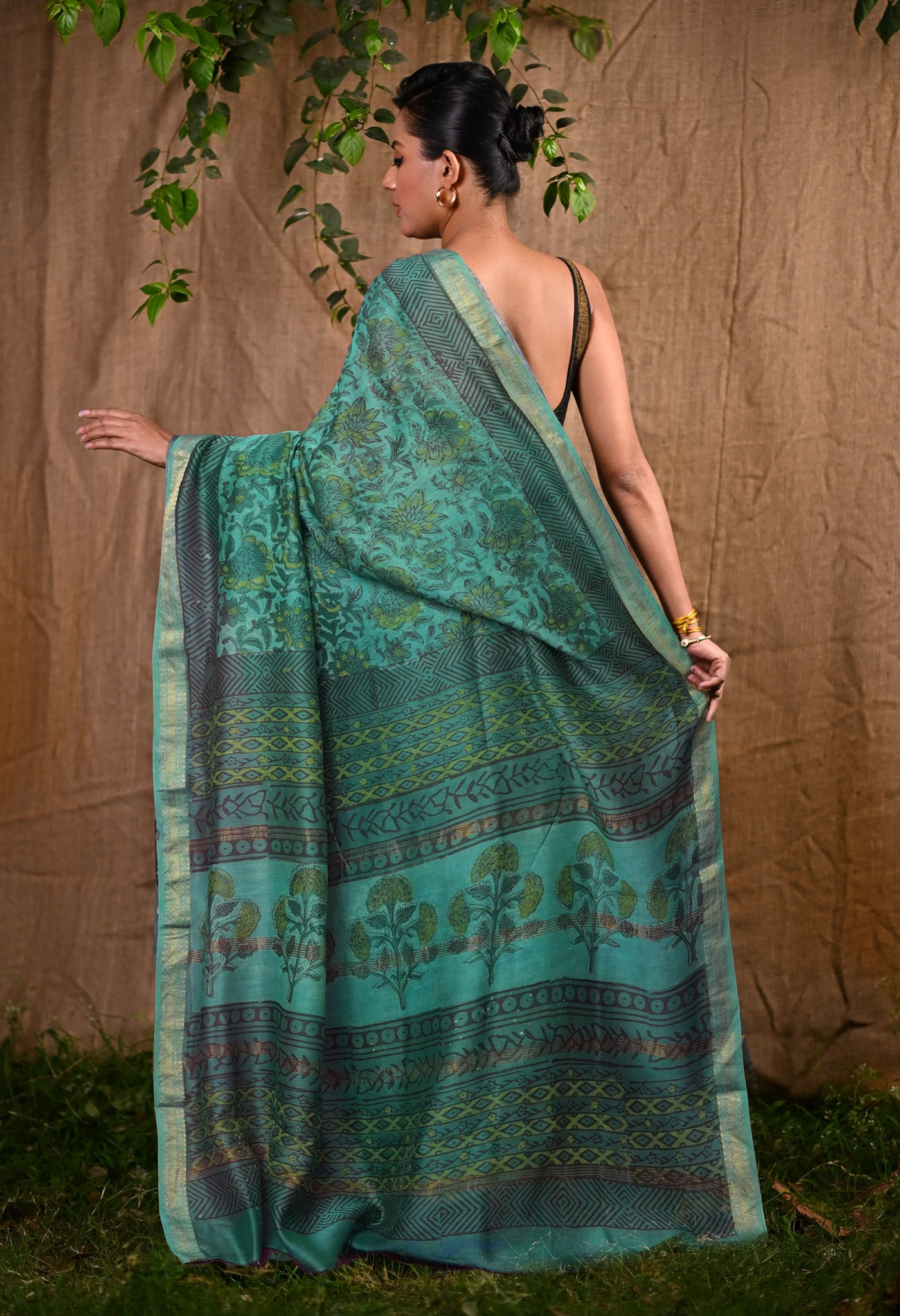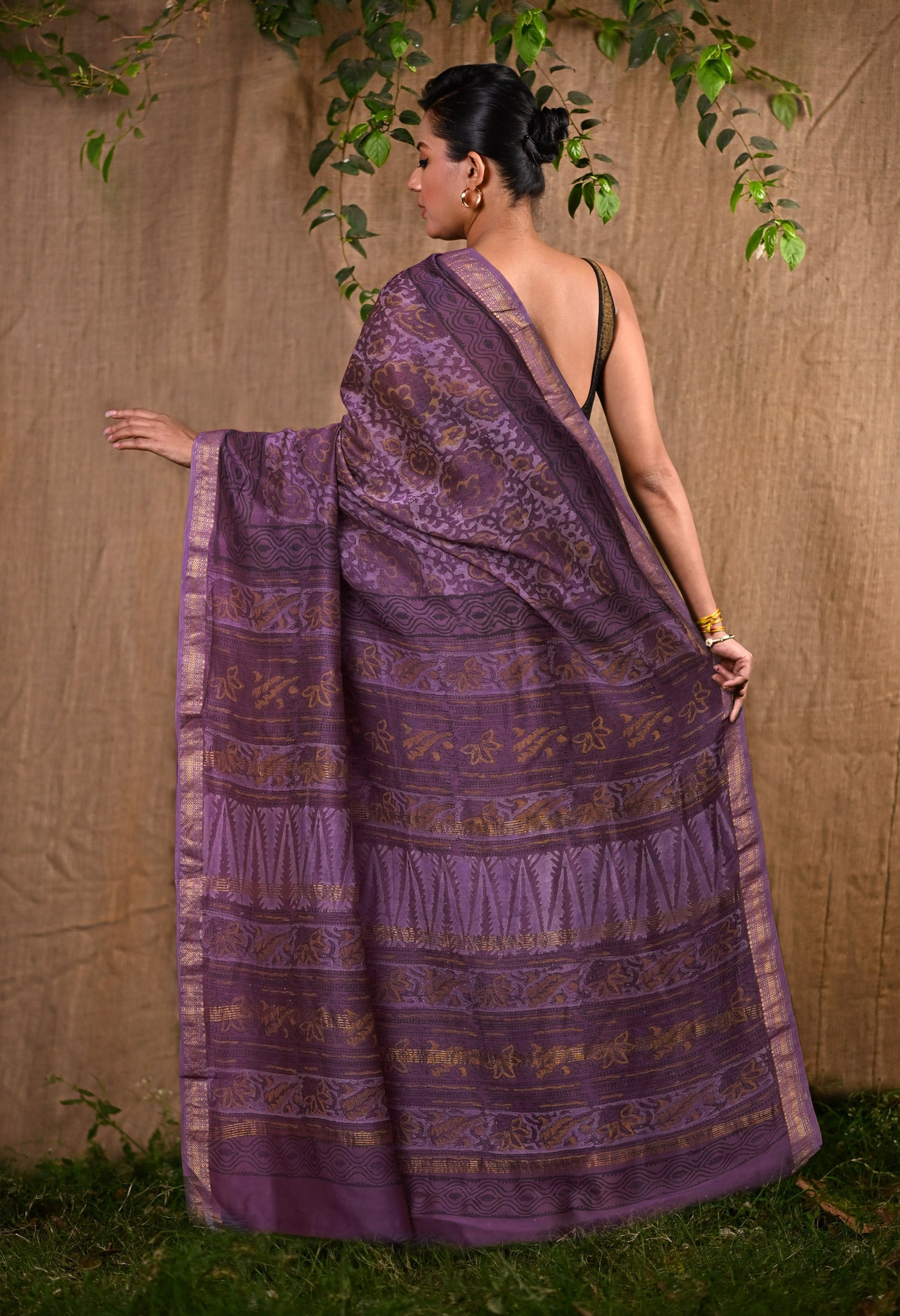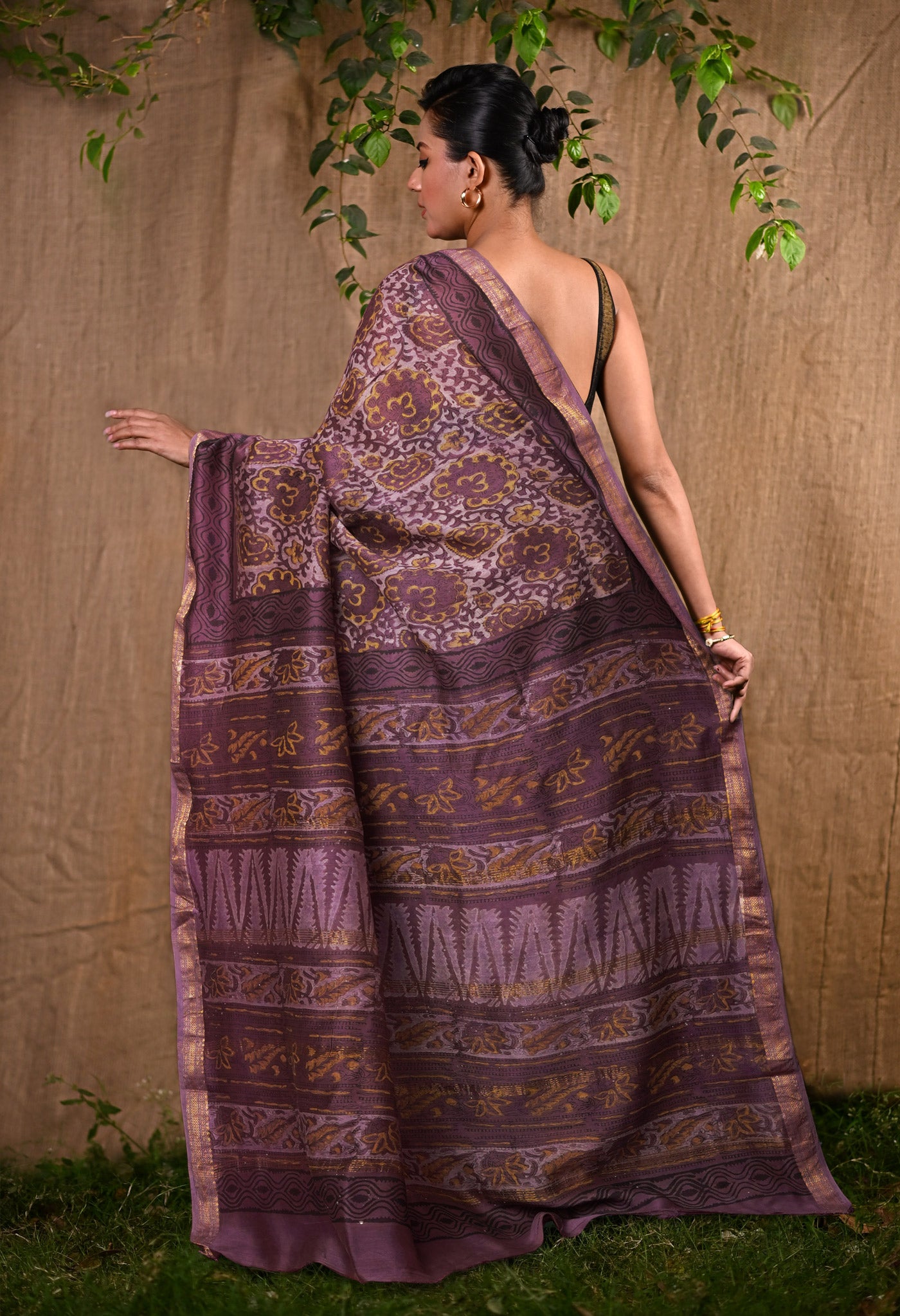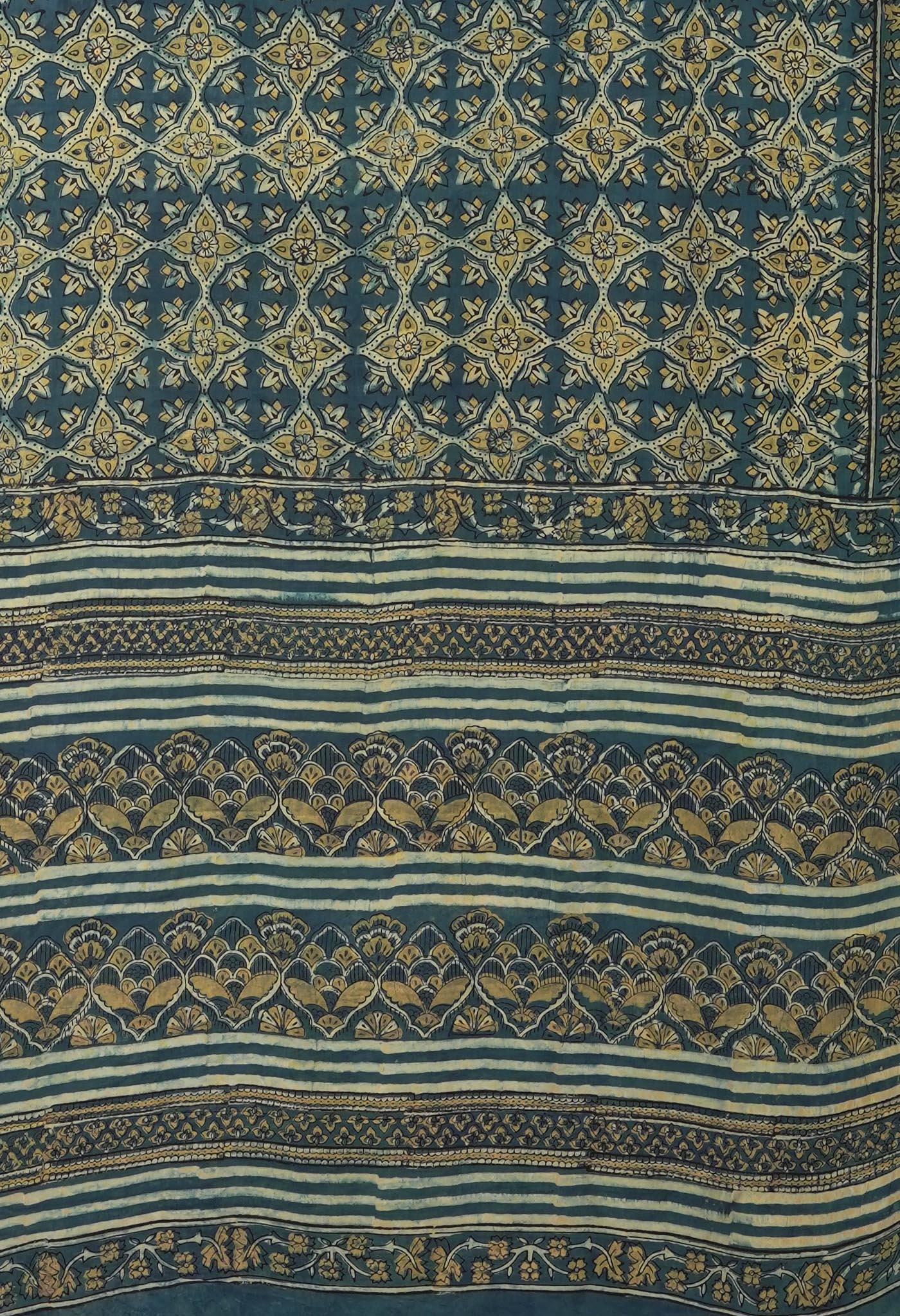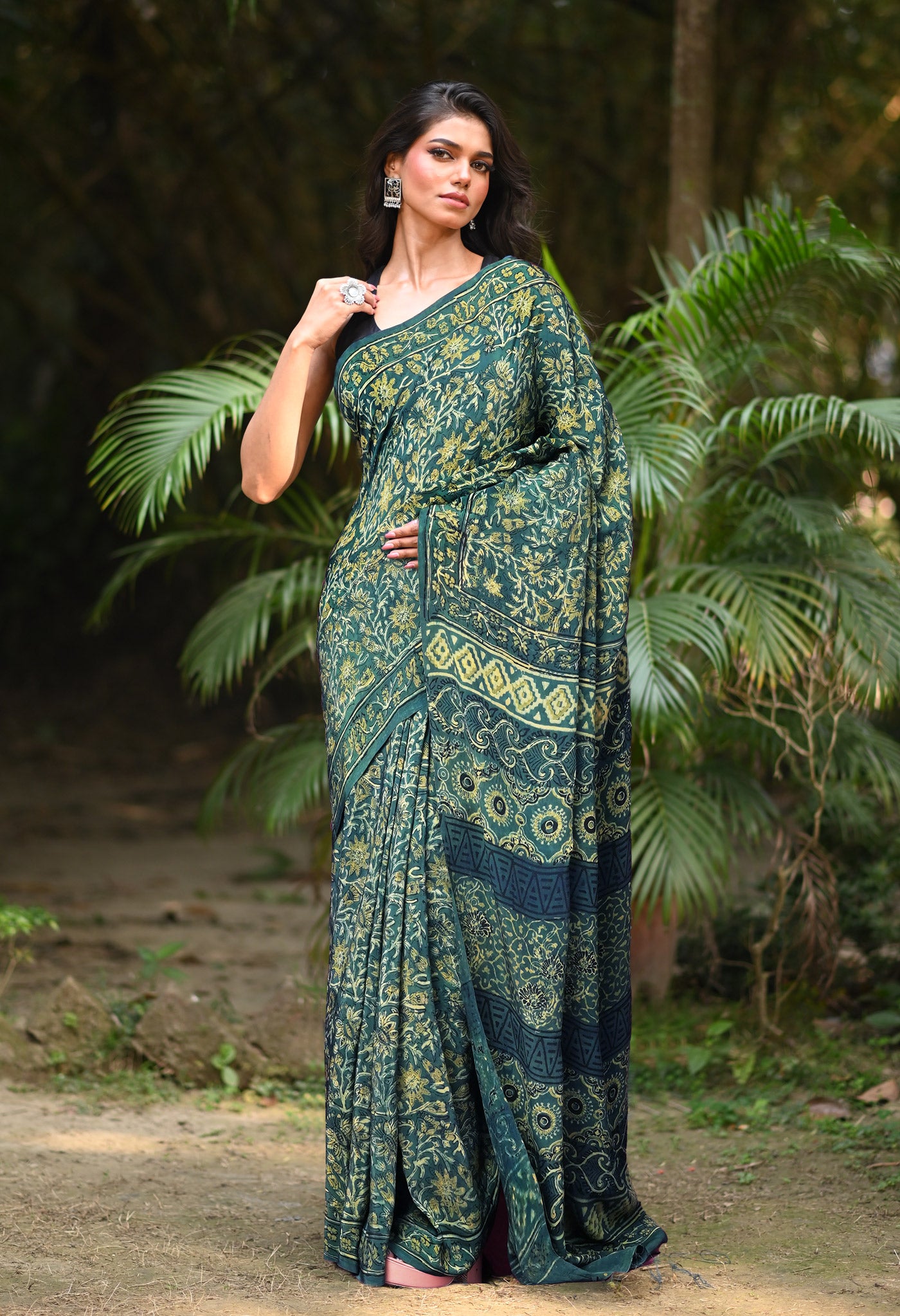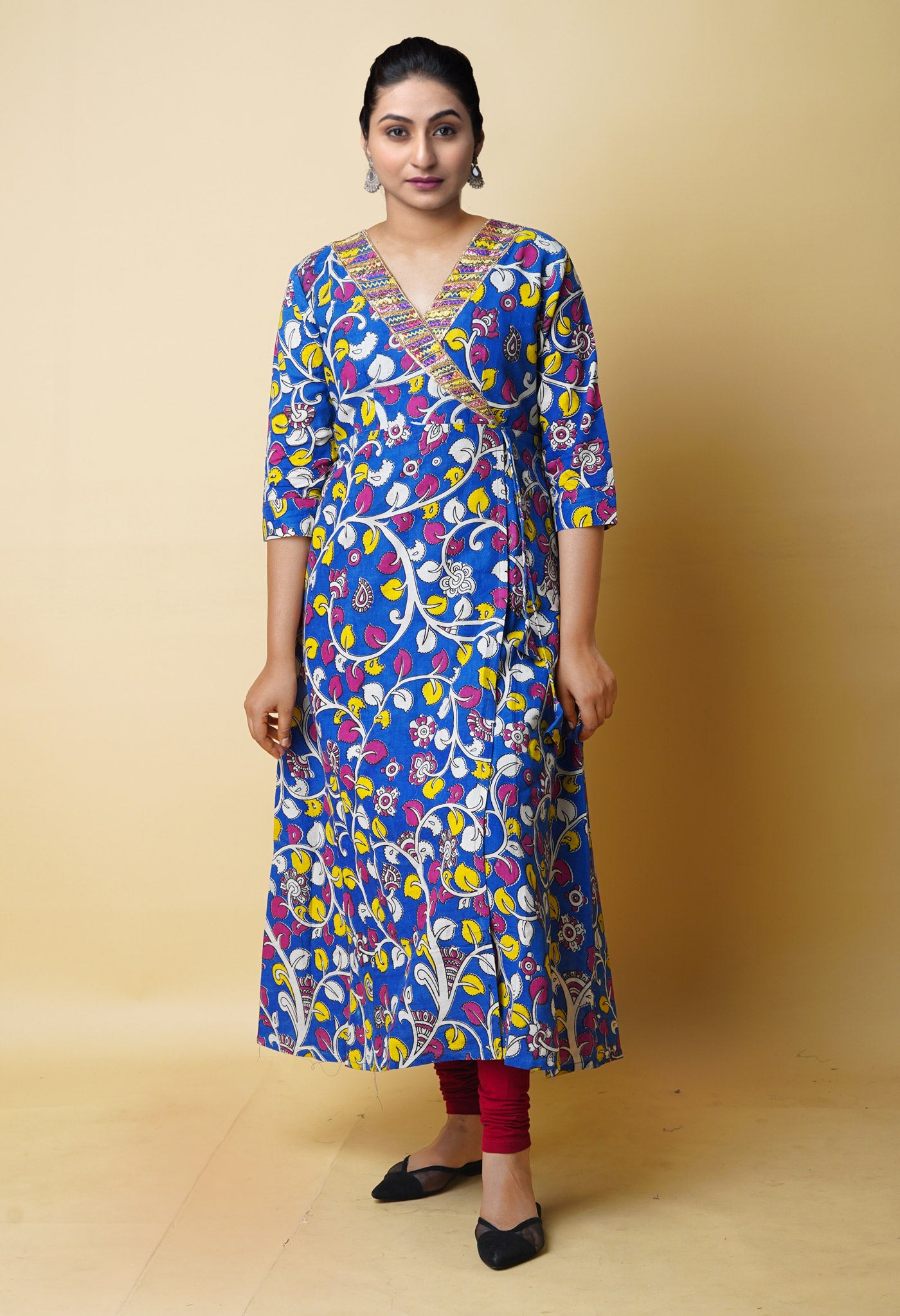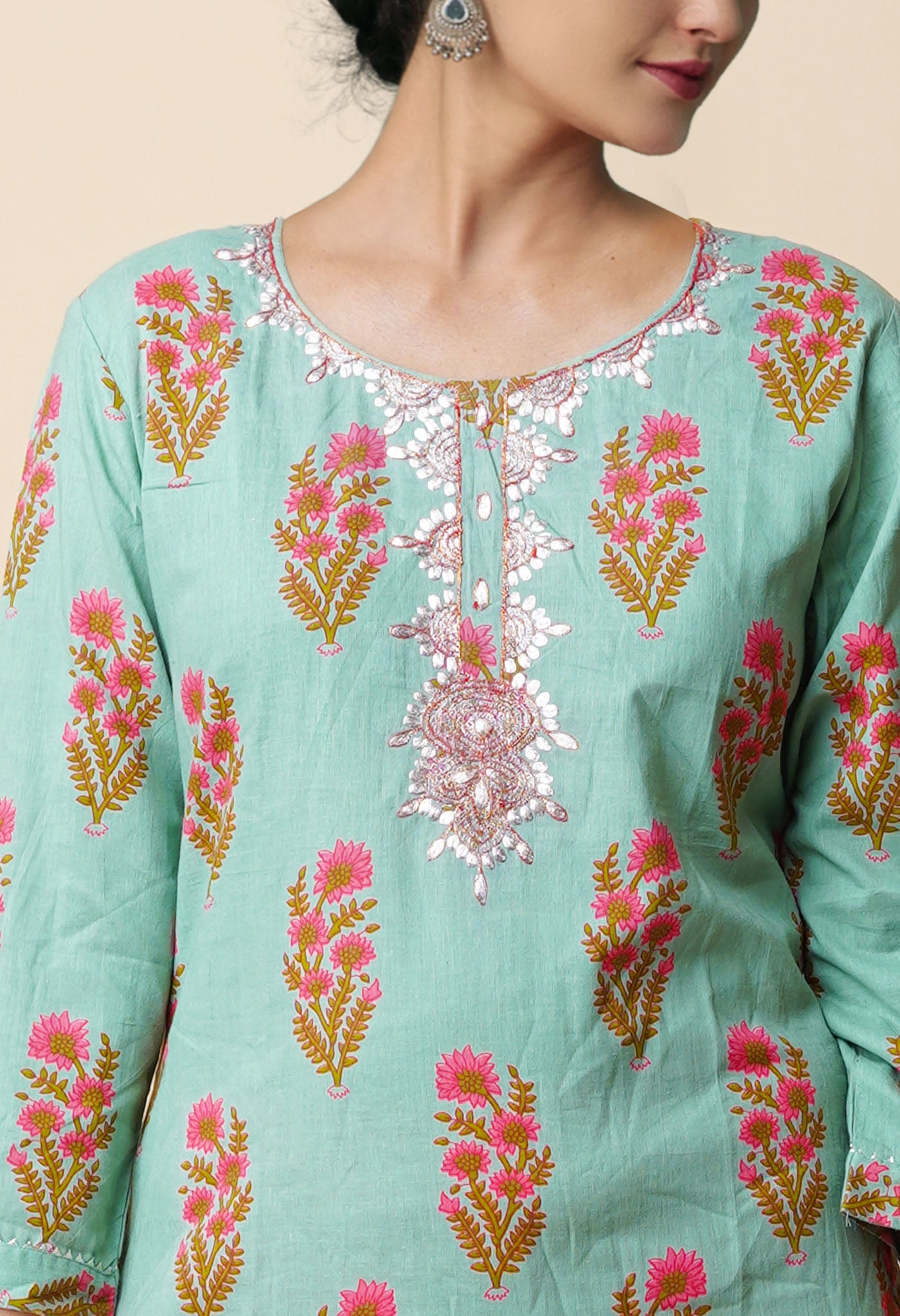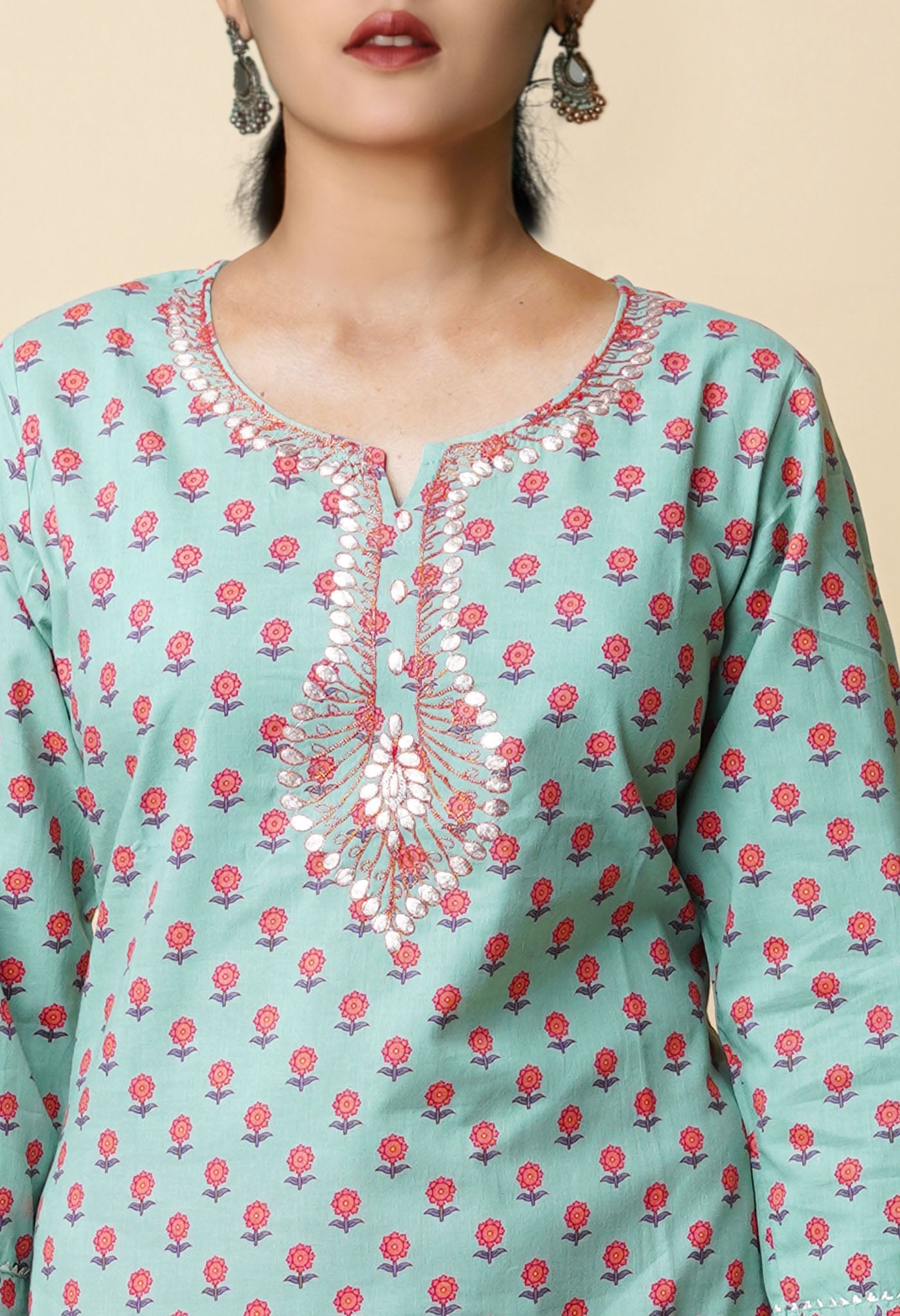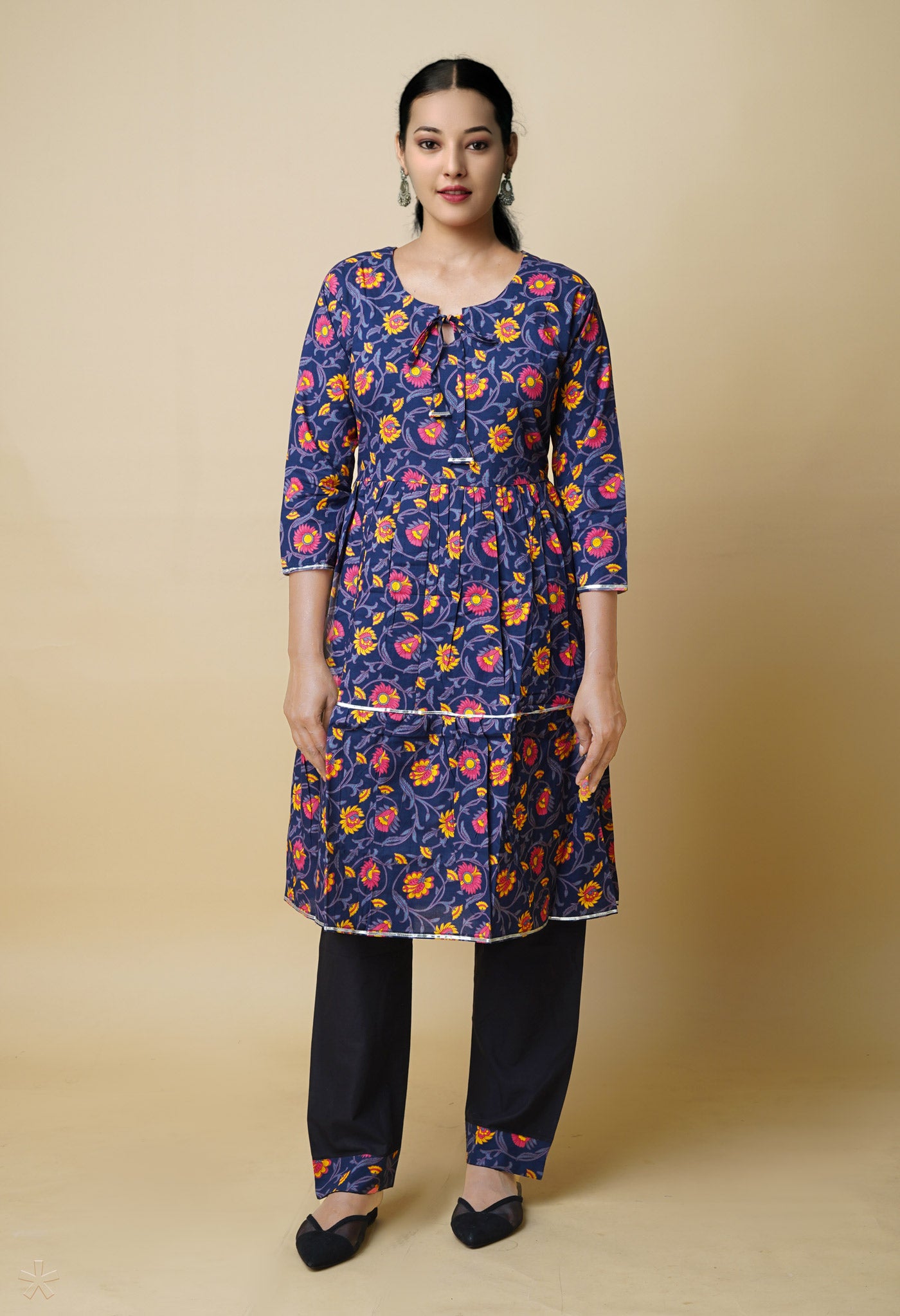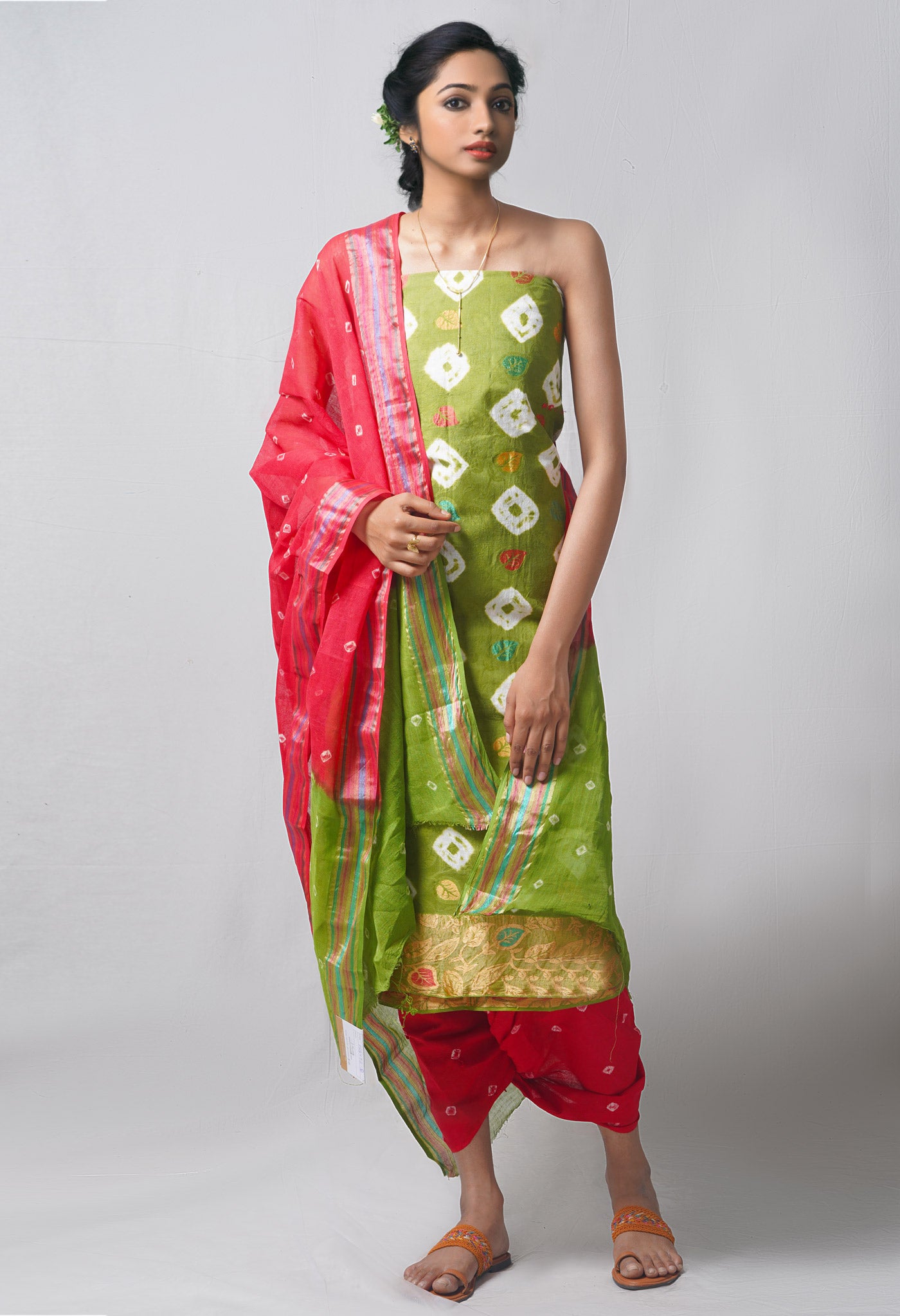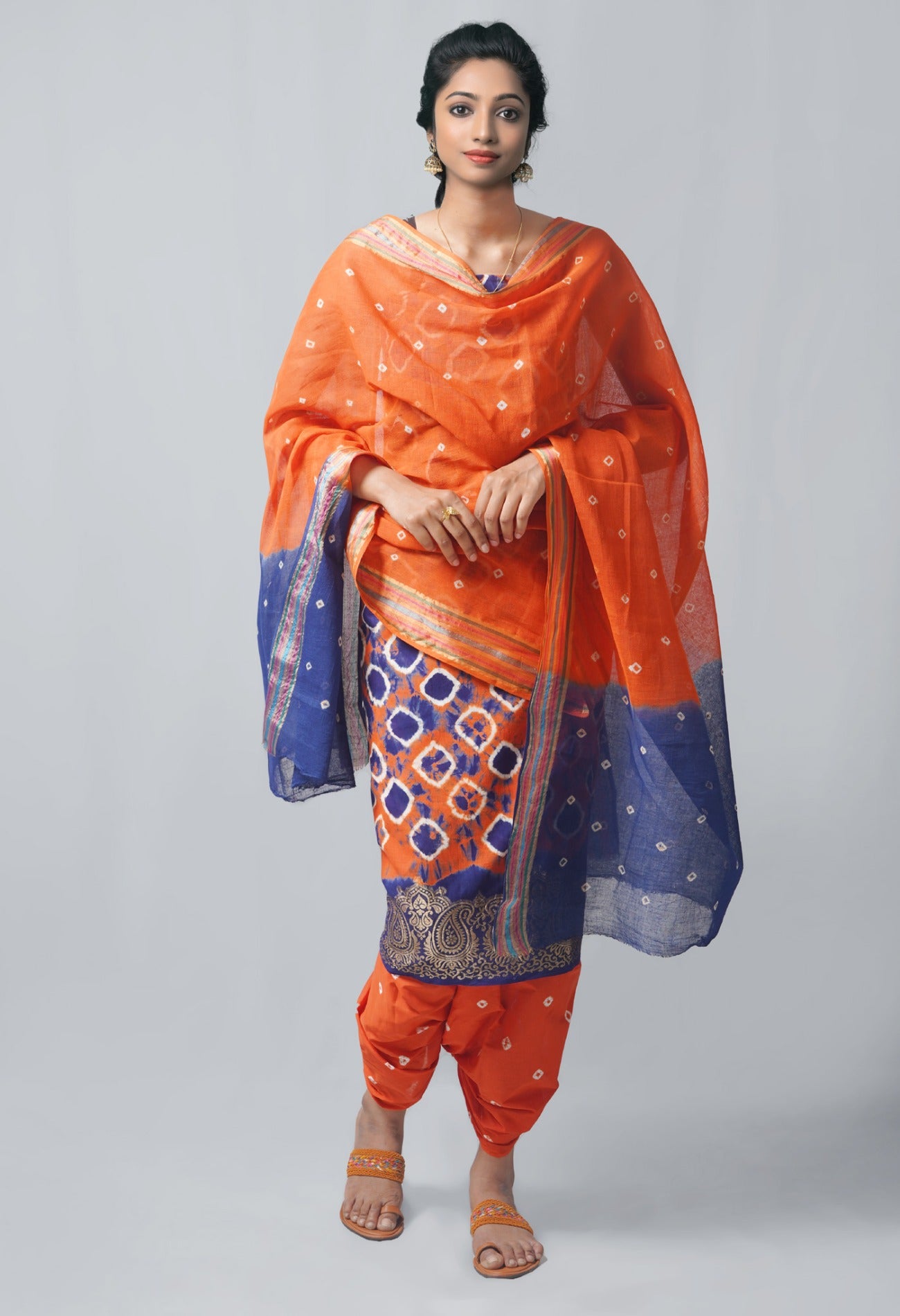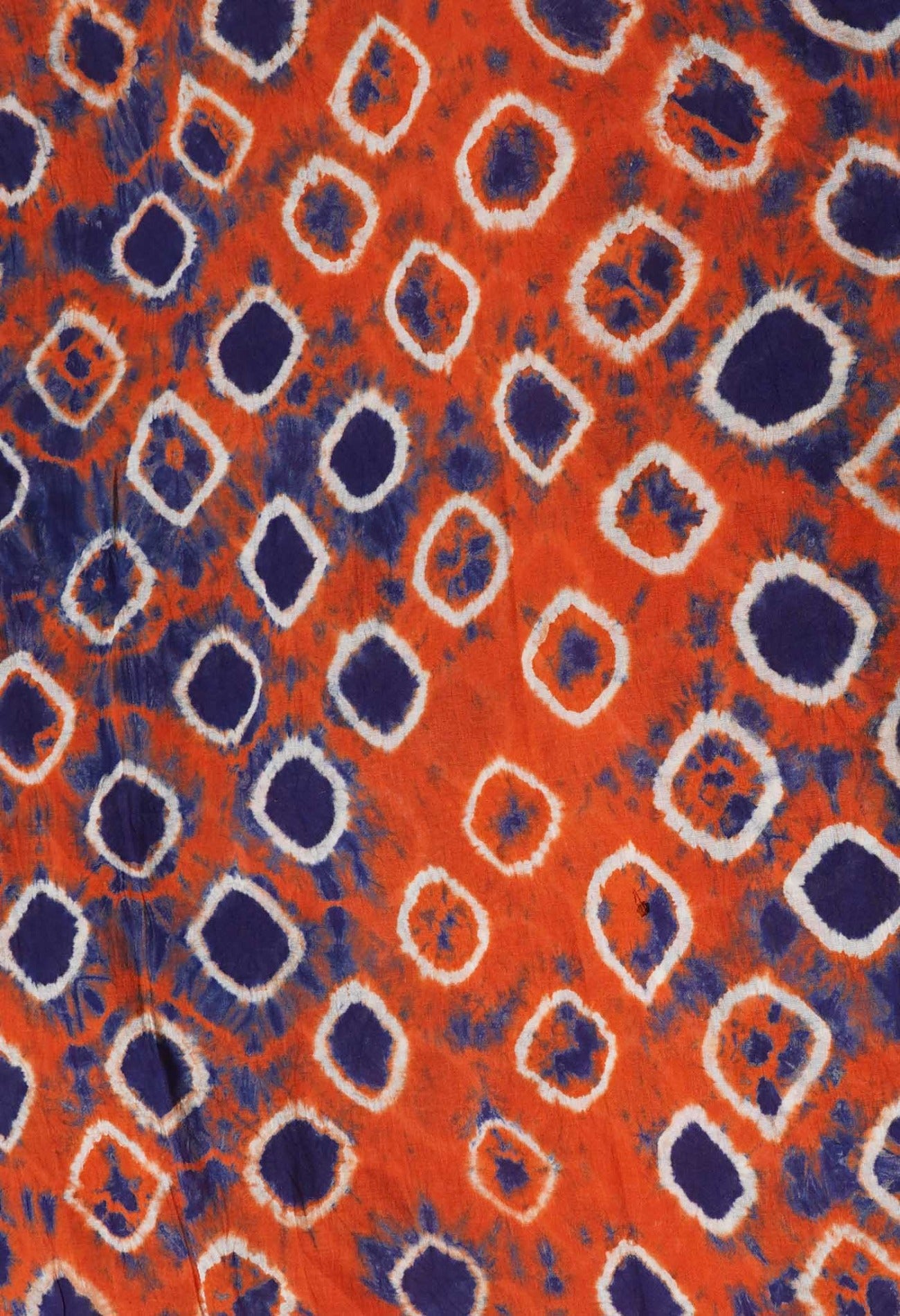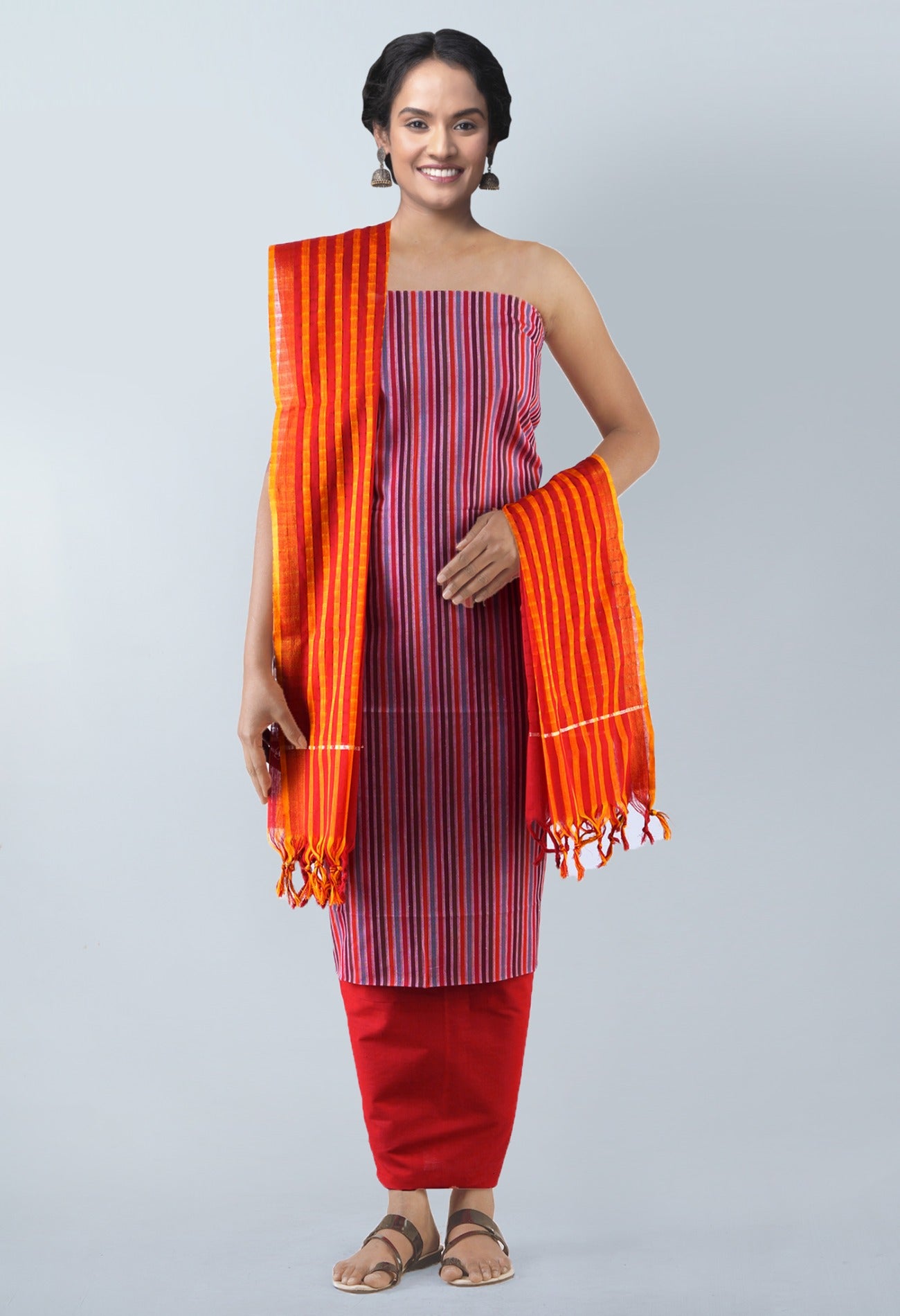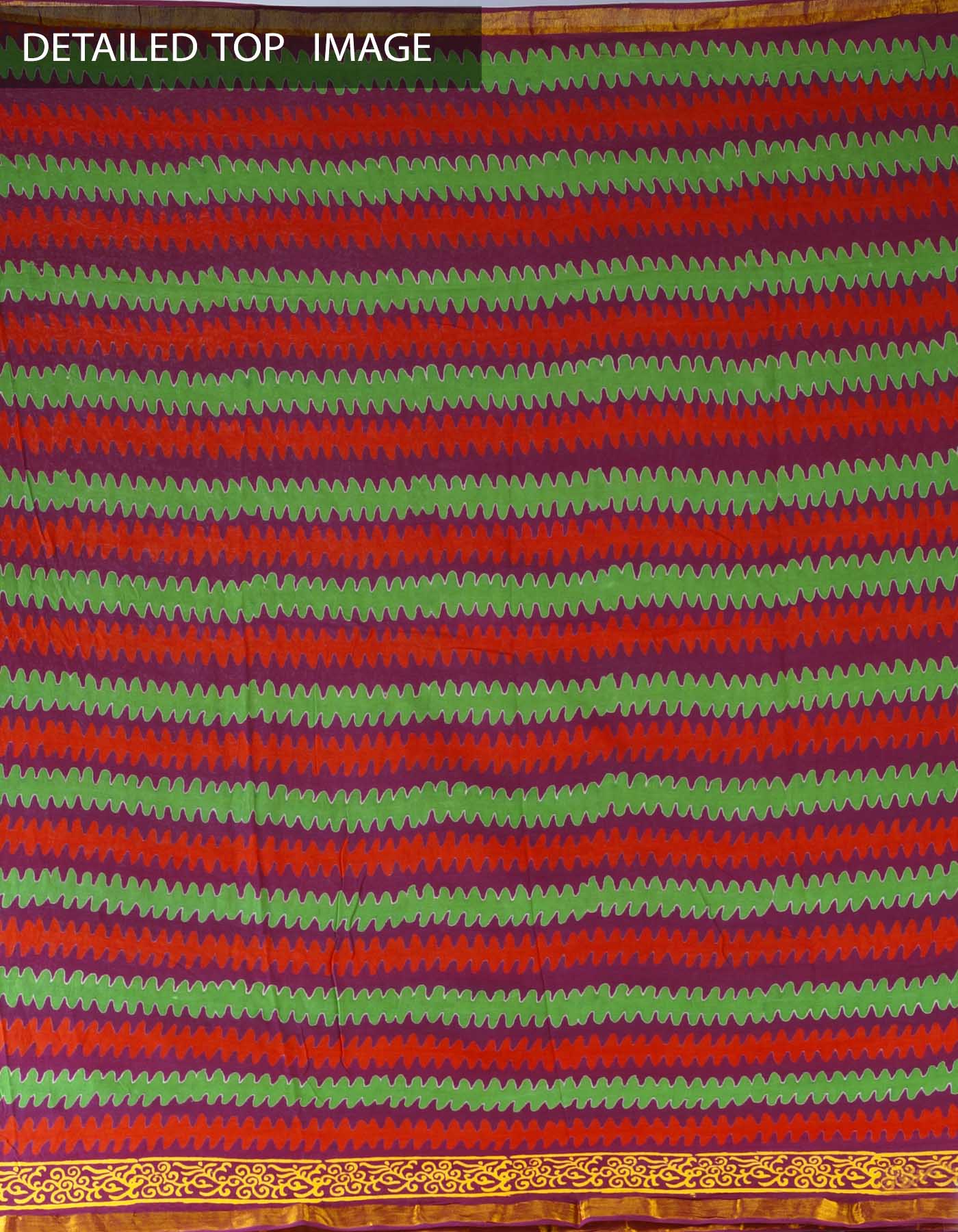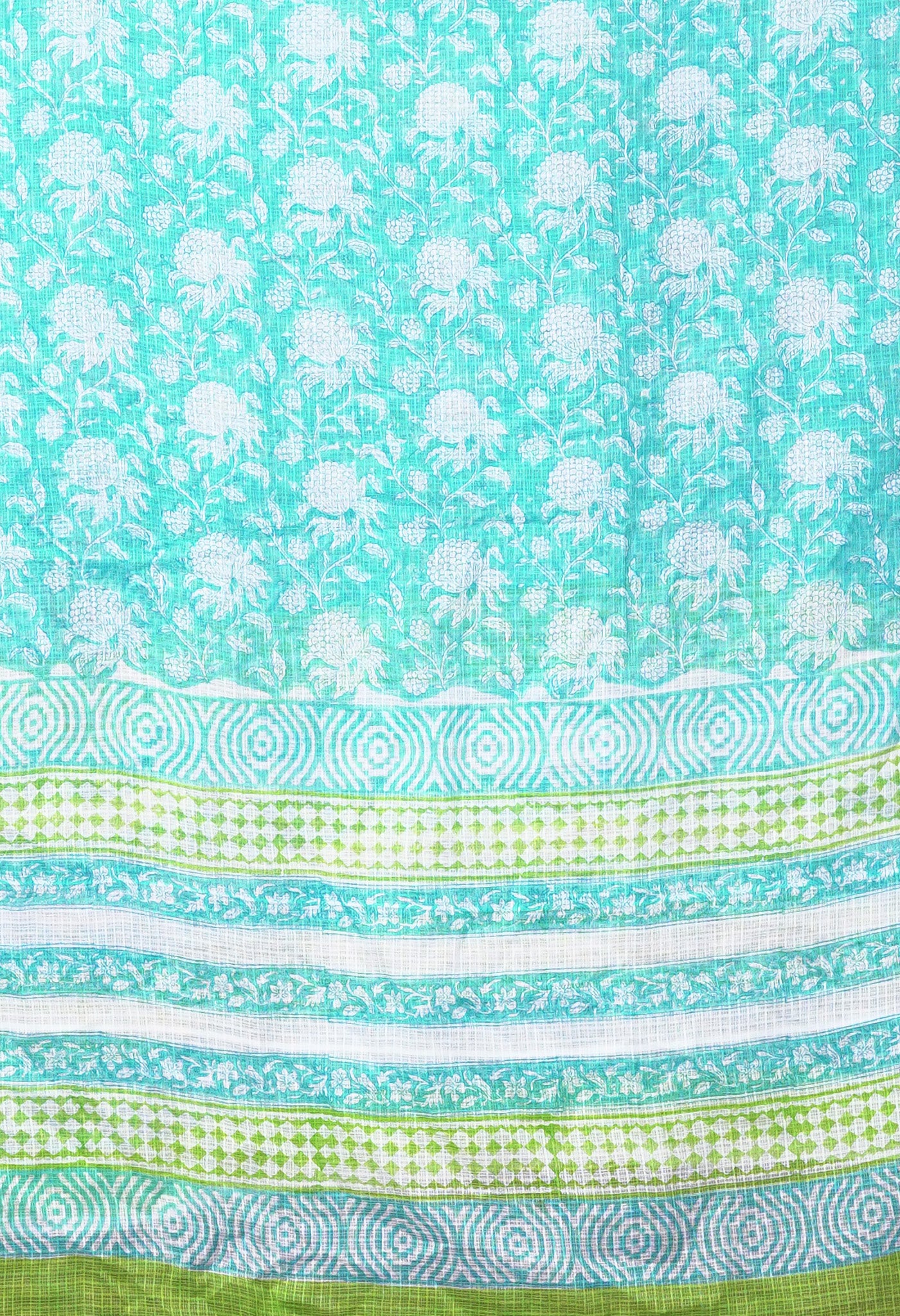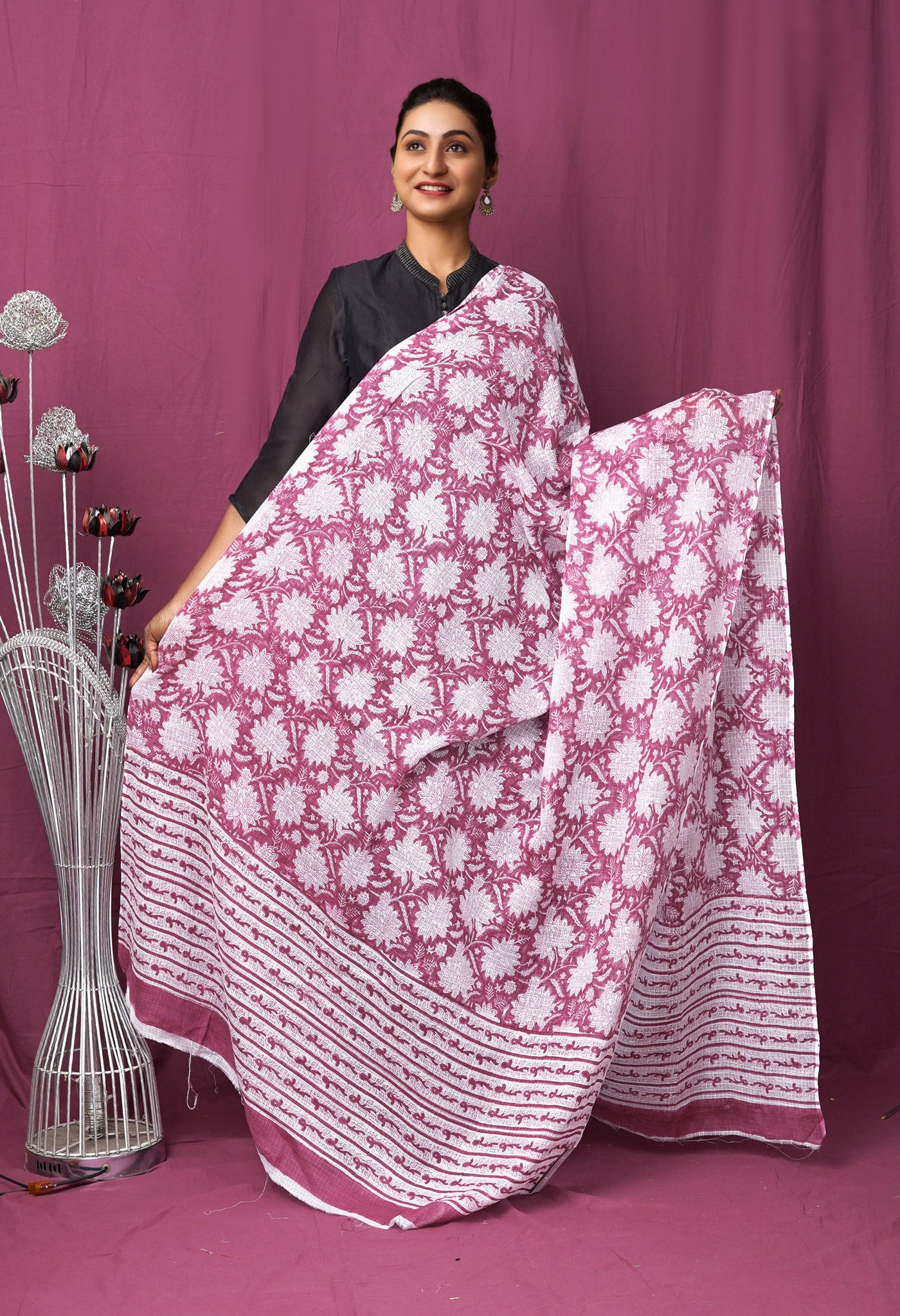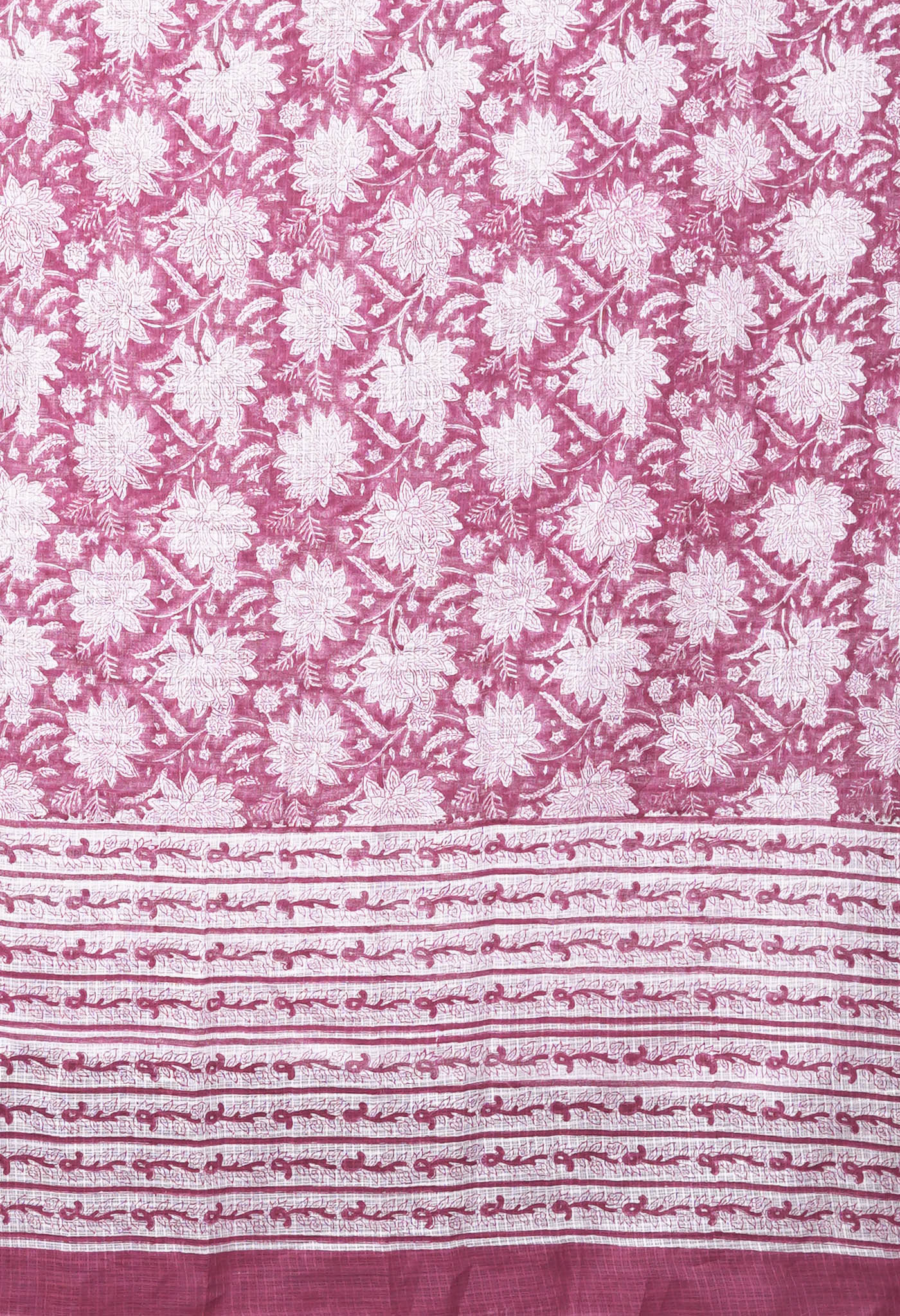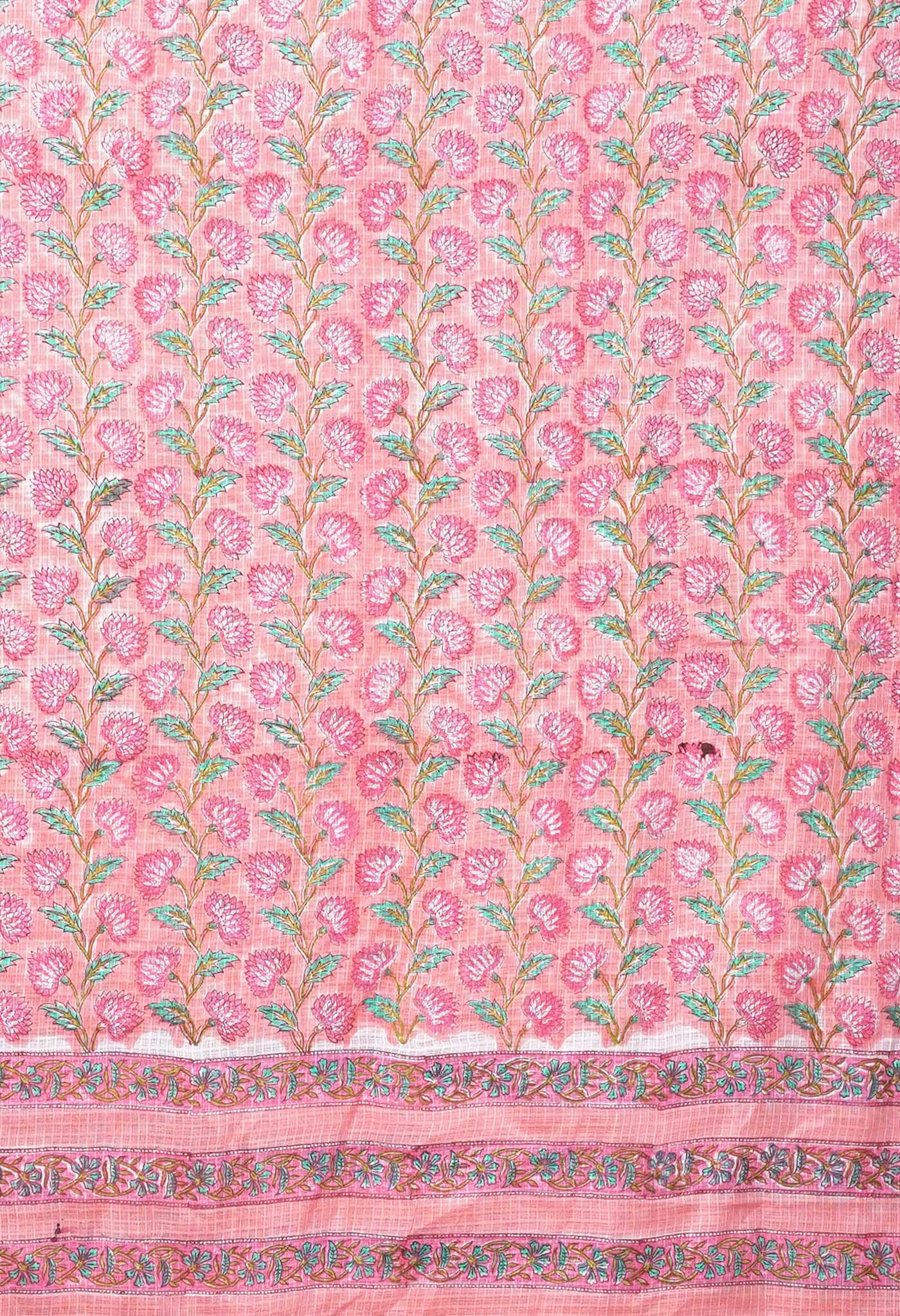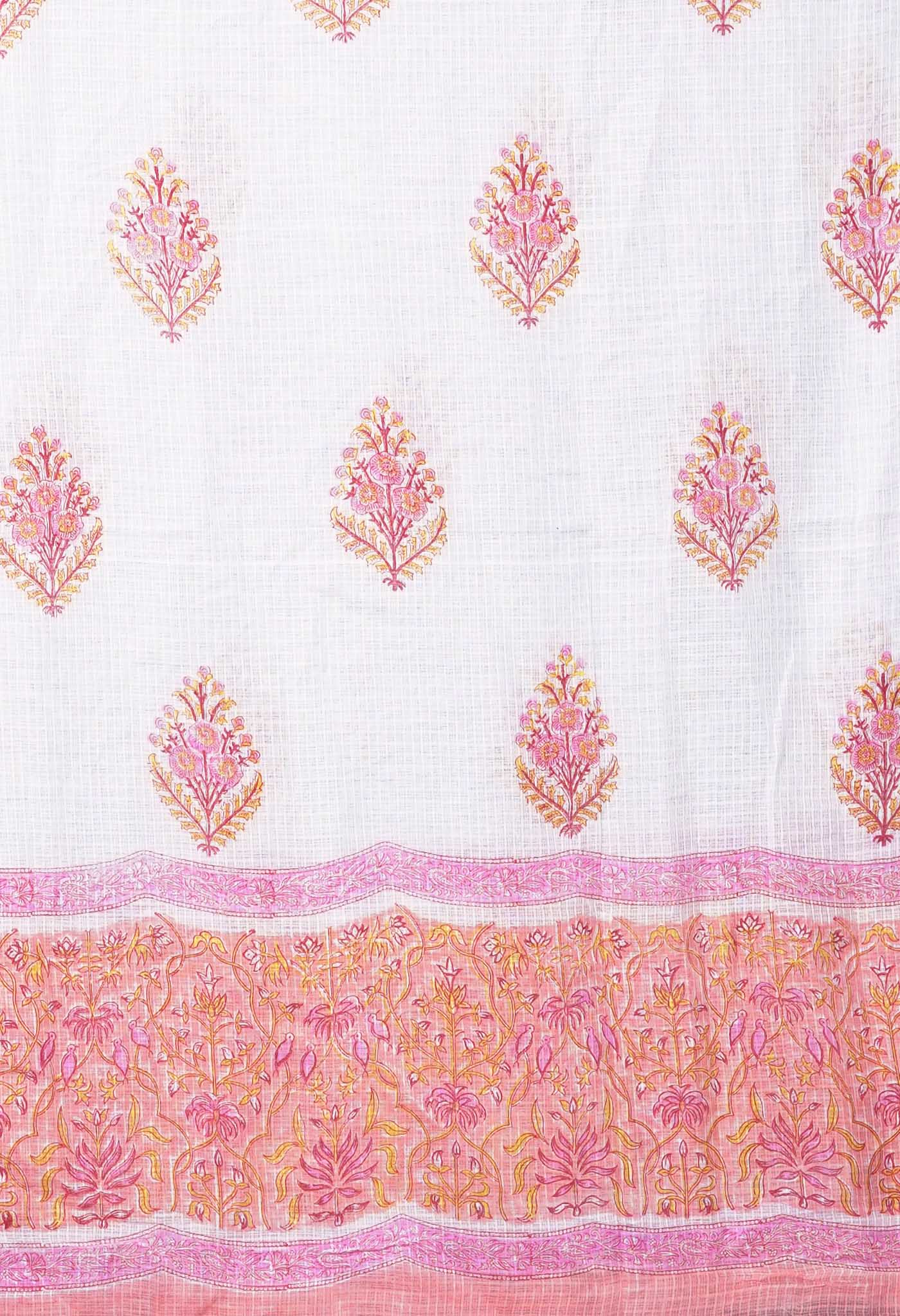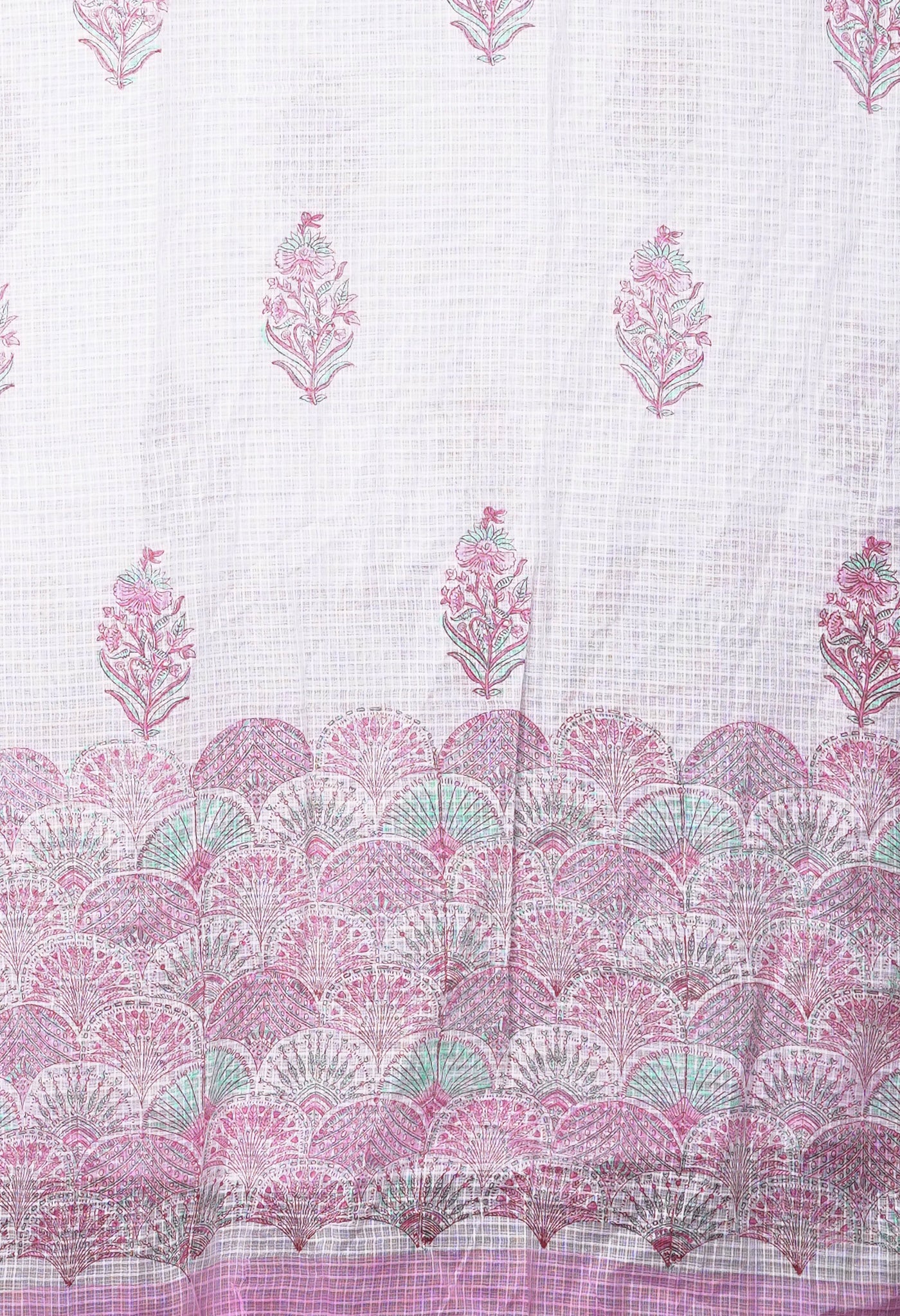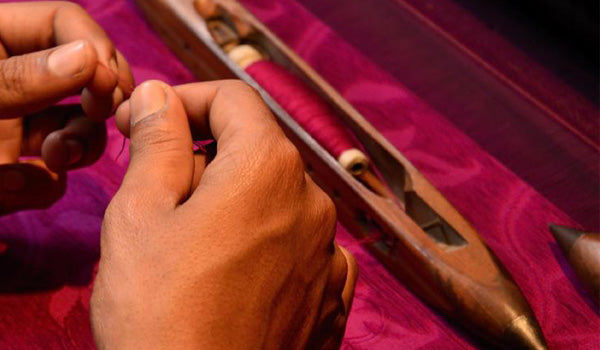
Anakaputhur – a legacy of fine weaving losing out to ‘lack of encouragement’
Anakaputhur – the suburb of Chennai
When somebody casually mentioned ‘It is better to be from a small town, rather than part of a big city’, it got me thinking as to how true the statement was.
Anything in a small town sooner or later gets noticed, taken cognizance of or better still, paid attention to. In being part of a city, there is so much more around, that anything gets swamped and passed over in the big picture, unless it is one of a few, is of interest to a vast majority or is in a position of prominence.

Anakaputhur, a south-western suburb of Chennai is a case in example. With a population close to 50,000 inhabitants, a sex ratio of 989 females to 1000 males, an average literacy rate of 78 % compared to the national average of 73 %, this quiet village was once very well-known to reduce to just heard of in today’s times, for its handlooms.
As C.Sekar, the person bent on keeping the creative legacy of Anakaputhur alive says, “The place has completely lost its identity in the urban chaos that has subsumed it.”
What has Anakaputhur been known for?
This place has got a history, a tradition, and a lot, who are skilled in the art of making beautiful hand woven saris, dhotis, lungis, and fabrics. Going by their recent achievement in creating yarn from Banana fibre, which is extracted from banana stems, the people of Anakaputhur with their new know-how in the making of 100 % pure banana fibre clothing, hope to cash in on their find in the near future.
What they apparently lack is the financial backing for affording machinery to create the 100 % fibre sarees, considering the scale of operations involved in fulfilling the market’s expectations. Banana stems are available in plenty, but the manual extraction of fibres from the stems is labour-intensive and time-consuming. In the alternative of going in for machine production, the developing of a machine that would produce continuous banana yarn is not available to them. The math worked out is as follows: Each stem would produce 150 grams of fibre. To make one saree, the yarn required would be 500 gm.

Their dilemma
Three students have offered their expertise to develop a machine for producing continuous banana yarn. “It would cost about Rs.60 lakhs to develop the machine, which includes both research and production cost,” says Sekhar, the brain of Anakaputhur. His pleas to the govt. to fund for such purpose have fallen on deaf ears. Private funding is available but at a cost. Seeking to exploit, the owners of leading fabric stores invited him for talks but offered ridiculous deals which included their ownership of the machine.
“They were prepared to give any amount of money, but wanted the machinery, and infrastructure to be registered in their name. In other words, they wanted to run the operations and give us jobs as workers, with no stakes in the business.” said Sekhar. His dreams are for the welfare of his weaving community, whom he sees as stakeholders in the banana yarn revolution. Hence, united, though small in number, the remaining weaving families in Anakaputhur, are still dependent on handloom under the banner of Anakaputhur Jute Weavers Association.
But let us trace their journey from some decades back in time.
A business that was thriving
It was way back in the 1960s when this third generation weavers of Anakaputhur was doing exceedingly well. It was producing Real Madras Checked fabrics for export to Nigeria. When a military govt. took over in that country, they banned import of the fabric in 1966. This hit the cluster badly. After 1970, this cluster began weaving cotton fabric and saris. Kanchi cotton dress material sets were woven in the 80s and silk cotton saris during the 90s.
Times changed with recession and the swamping of handloom by the power looms that wove artificial or man-made fabrics came from the fact that they were cheaper and became more easily available.

The switch to weaving with natural fibres
It was about ten years back that looking for a change in fortunes that the cluster started weaving with natural fibres. Many innovative weaves were tried out.
A weave of 25 types of natural fibres made it to the Limca Book of Records in 2011. The history of the Anakaputhur Natural Fibre Weavers cluster, was formed 10 years ago under the Ministry of Textiles, with a 90 % grant to encourage weavers to create more natural fibre fabric. Today there are 25 pit looms and the weavers are pioneers in many methods of natural fibre weaving.
The association was able to increase production as the grant provided them mechanised pedals, making the process easier. Collaborating with NIFT students in design intervention and colour combination has enhanced the reach of the products.
“As a weaver, I was always looking for a breakthrough, something that would make handloom popular, thereby saving it from extinction,” said Sekar, adding, “The South India Textile Research Association involved us in weaving jute and cotton blended yarn. This set me thinking of developing natural fibre yarn from other sources as well.”

According to him, a reference in The Ramayana about a banana fibre (vazhai naar) sari woven by Hanuman for Sita inspired him. At that time, a group of students approached him with banana fibre and cotton blend yarn for their project and this added a desire and impetus to his research.
The weavers have developed 30 different natural fibre yarns so far, of which the most popular are pineapple, aloe vera, bamboo, banana stem and erukkanchedi (Calotropis gigantea). Eager to adopt some of these practices, The North East Development Council has invited Sekar to train the women weavers of Assam.
The advantages of using natural fibres
- Natural fibres are eco-friendly since they decompose and avoid the creation of landfills.
- The introduction of the newly achieved ‘herbal sarees’ that infuses the natural fibre yarn with turmeric, tulsi, neem and sandalwood being full of herbs and spices are good for the skin.
- Though there is the use of dye it is minimal and many a natural dye like turmeric, coffee powder, hibiscus and madder are also used, reducing costs and helping the environment.
- It offers a new alternative for reducing waste and new employment opportunities.
- Based on reports from those who have tried out fabrics made from these novel fibres, they ‘breathe’ nicely and give a feeling of freshness.

What are they doing in the absence of the much-needed support they seek?
The weavers of Anakaputhur are pre-dominantly women and in the middle to advancing years, but with skills and determination intact. Sekar brings together about 12 women’s self-help groups under the banner of the AJWA to extract banana stem fibre, turn it into yarn and weave yardage and sarees.
The initiative offers a huge scope for women entrepreneurship. Stating that a long-standing proposal for setting up a model village in Anakaputhur is yet to take off, Sekar said, “Now, we have been making ends meet by advertising on social networking sites and through our own website. But, our resources can be put to its best use if our project is done on a large scale basis.”
Many of their products like footwear, baskets and bags made of palm leaves, sarees woven from bamboo, banana fibre and herbal combination of dyes are a huge hit among customers abroad.

Sekar said, “We have a website through which customers from Singapore, Malaysia and the United States get in touch with us.” The sarees which are in banana and bamboo varieties are priced between Rs 2,000 and Rs 4,500 depending on the fabric used, namely cotton and silk. The products have drawn the attention of experts at the National Research Centre for Banana in Tiruchy.
The crusader for the natural fabric in Anakaputhur, C Sekar has experimented with more than 25 natural products, which is appreciated in foreign countries including US, Japan and Germany, but it lacks even an acknowledgement from the Tamil Nadu government.
A Case in point that requires backing
It’s no good if there is only lip service paid for the natural fibres and the craftsmen who have shown their path-breaking skills, if there is not sufficient encouragement in the form of supportive government policies that would hearten the weavers of Anakaputhur and spur them on to do better and better.
V Santhanalakshmi (45) who spins natural fibre yarn says even though she also knows weaving, she cannot afford space to set up a loom. “We are seeking land from the Government to set up a community centre for the association so weavers can work in that common workspace,” she says.

She and many other women like her in the neighbourhood spin natural fibre yarn, roll it on spindles and hand it over to weavers. “We wish we could work longer hours, but we do it only in our free time, after our household chores,” says Janaki C, 52.
A few determined weavers had braved all odds to bring in fibre extraction units to expand the reach of the community. But hope crashed with the 2015 Chennai floods. This time, the losses were grave as their handicraft and fibre extraction units worth Rs 40 lakh went under water, when the locality, which is in the vicinity of the Adyar river, was flooded in December 2015.
Laila, who has been working as a weaver for the past 15 years says,“ We purchased the equipment after taking loans from the government and private sources. Never did we think that such a disaster would strike us. Though many politicians inspected and promised help, nothing fruitful happened.”
Many weavers have lost their homes, which remain irreparable till date. The flood compensation announced by the state government for the victims never reached the weavers. Yet, they haven’t given up.
Age is no deterrent for these hard toiling women. All they seek is the opportunity to use their skills to eke out a decent life. The Natural Fibre Weavers Association based in Anakaputhur creates saris with natural fruit, bamboo and aloe vera fibre. Then infuses them with herbs.

A common facility from the govt. could work wonders
The hopeful weavers have written multiple letters to the state and central government departments, to grant them a place where they can continue their work. “Our work was a source of encouragement for those in the weaving profession, which has seen many abandoning the handloom to embrace better salaried professions. There were 5000 looms in Anakaputhur around 15 years ago. The number has come down to less than 200 now. I am not sure if the next generation is even willing to continue,” rues Sekar.
The Tamil Nadu’s textiles secretary had assured that the state would be taking effective steps to assist the township and its weaver population. “The Anakaputhur Jute Weavers Society has received assistance for machinery from the MSME department. The society or MSME department should provide space to install the machinery. I have asked the Director of Handlooms to examine if the Anakaputhur Handloom Weavers Cooperative Society can be revived and the natural fibre weavers can also be helped,” the secretary said.

Recent ambitious executions
After trying at various eco-friendly fabric materials stained with vegetable dyes, the weavers of Anakaputhur have come out with a denim material made out of banana fibre. The new product was launched before a team from Andaman and Nicobar Islands. Admiring the work of the weavers, an official from Department of Industries and Commerce, A&N, said his team consisted of unemployed youth from the Islands. Anakaputhur Jute Weavers Association president C. Sekar said he hoped these materials would become world famous. The jeans cost Rs. 5,000 upwards.
And after this what is the bottom line?
Sekar speaks of allocations under the National Fibre Policy and how banana fibre is deemed as a game-changer in the category of “Other Natural Fibres". But today, he is, in essence, a weaver with orders in hand and no means of increasing production without the help of the government in what he believes is the only solution— a handloom cluster.
We, at Unnati Silks, in handlooms since 1980, knowing intimately the skills and craftsmanship of weavers from different pockets across India, having closely worked withem since four decades, salute, the bravery and grit of the weavers of Anakaputhur and hope the future holds promise, progress and profit for them.

